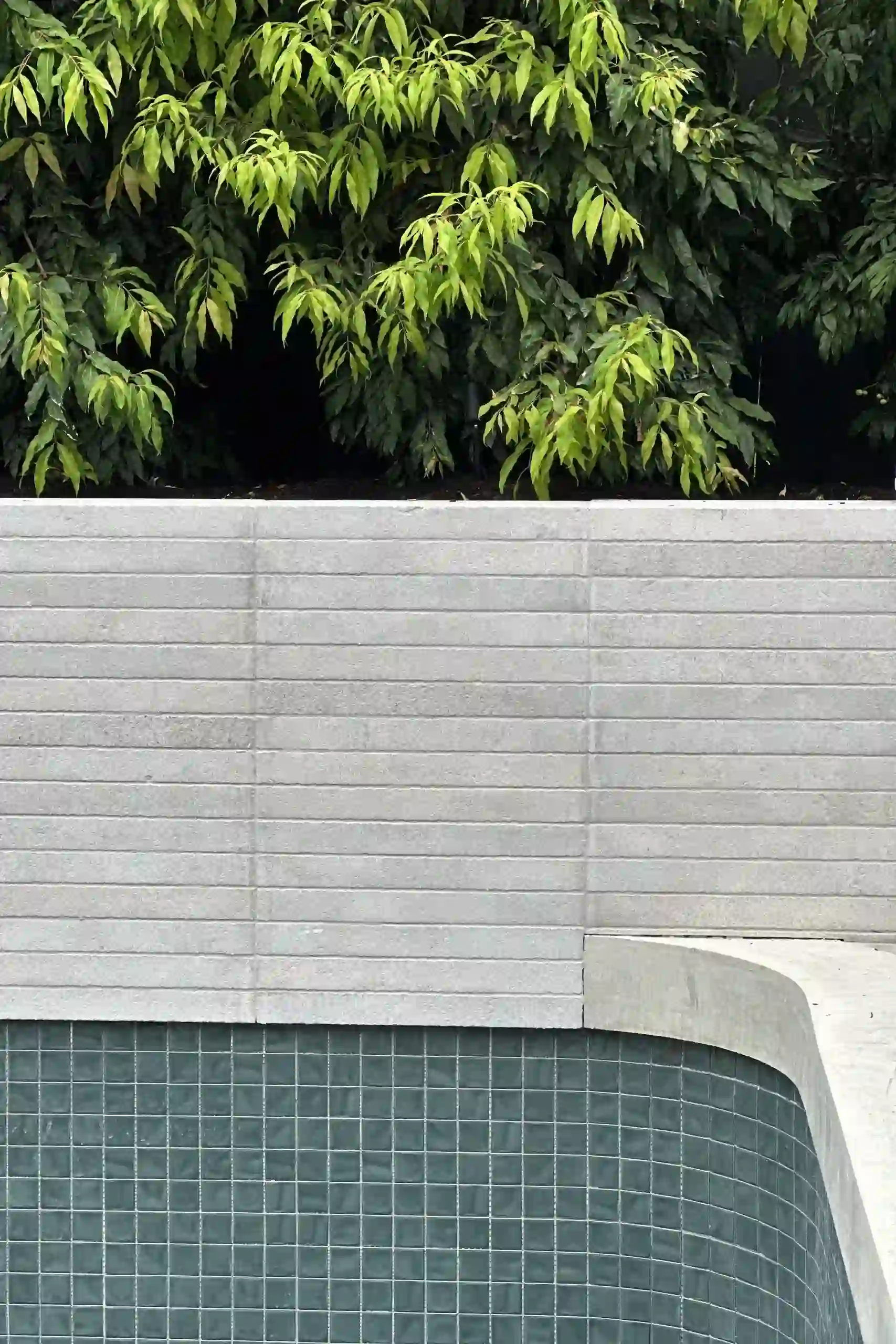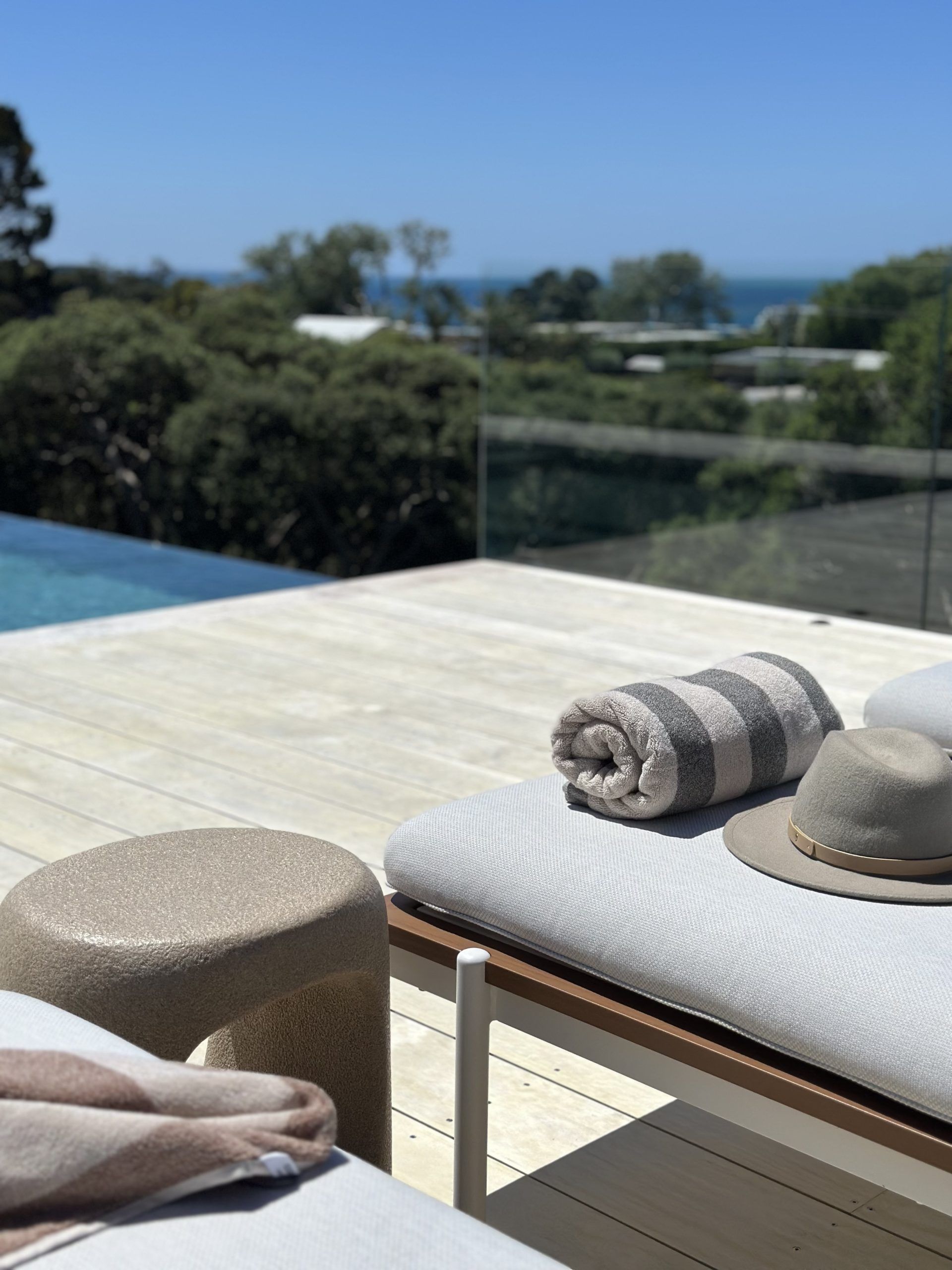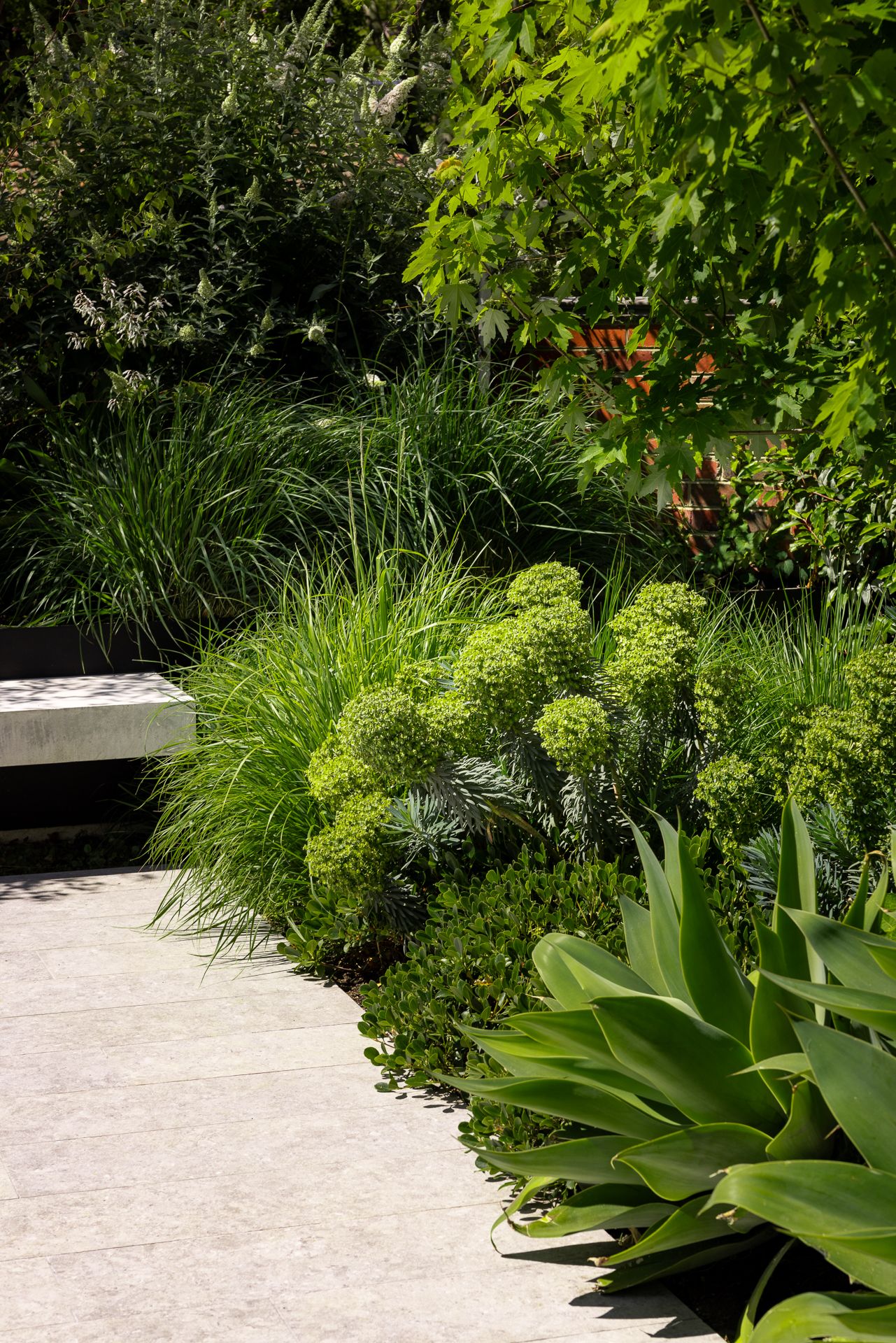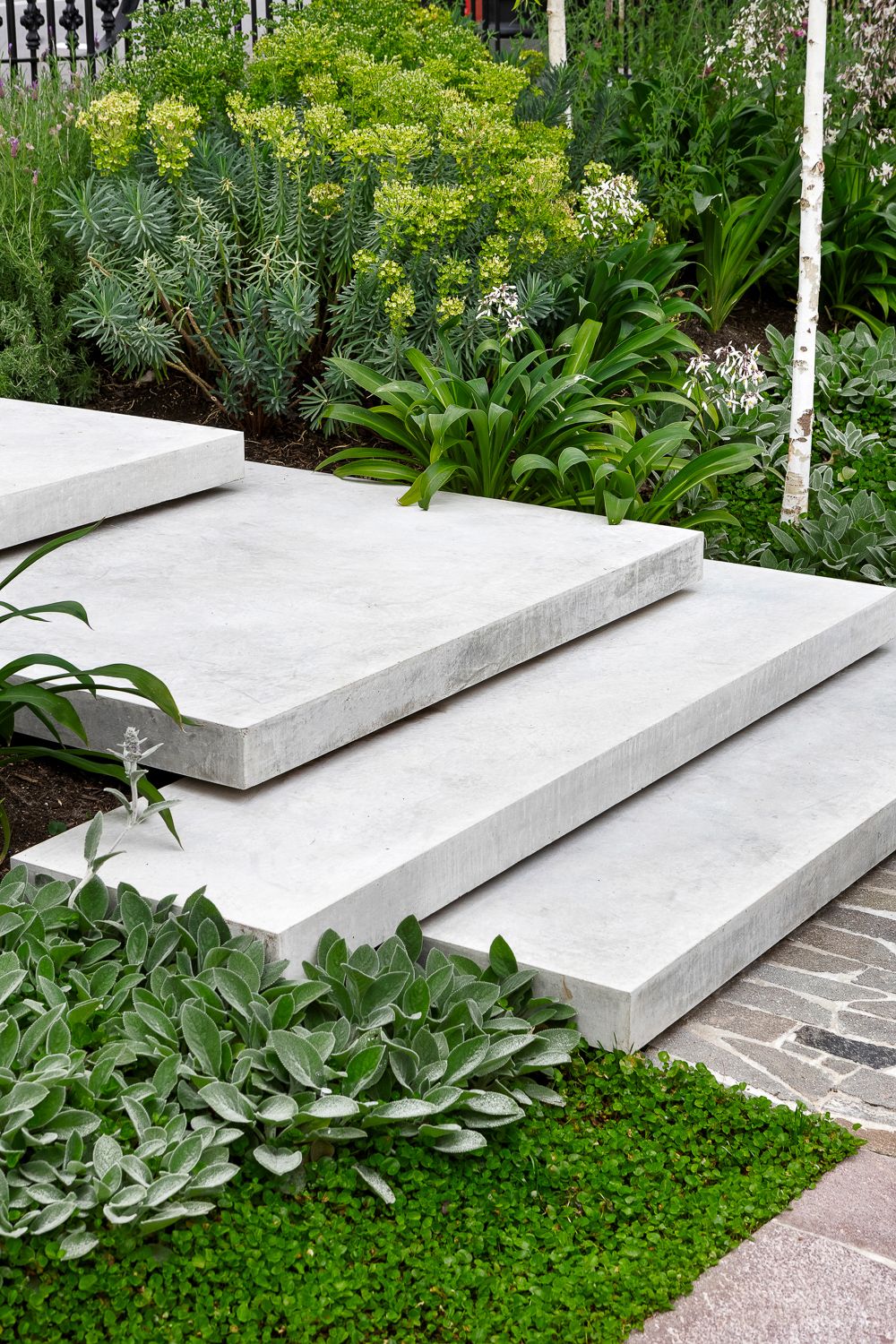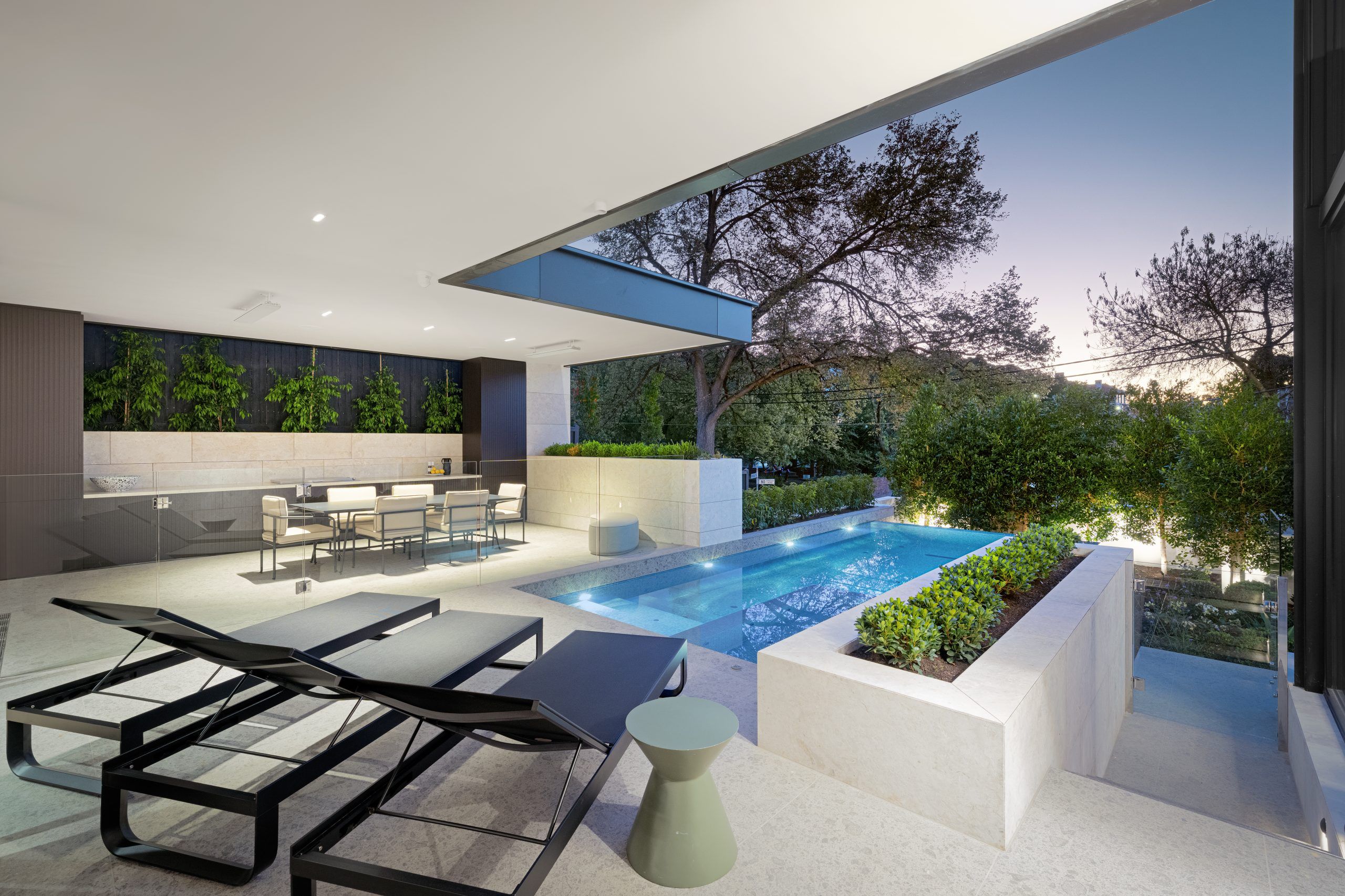The art of materiality in landscape design
Great landscapes aren’t just seen — they’re felt. At Nathan Burkett Landscape Architecture, materiality is at the foundation of that feeling. It’s the texture underfoot, the way sunlight catches stone, the quiet warmth of timber against greenery. More than aesthetic, materials shape the atmosphere, longevity, and emotional tone of a space.
A Dialogue Between Form and Feeling
NBLA has enjoyed a longstanding collaboration with materials supplier Eco Outdoor, its ethos is to help create landscapes that feel grounded, authentic and connected to their environment. This collaboration is shaped by a shared appreciation for materiality and design that celebrates texture, tone, and the beauty of imperfection.
“When you work with the beautiful imperfections of nature, not against it, something remarkable happens,” explains Ben Kerr, founder of Eco Outdoor. “I’ve learned that great design has the power to evoke an emotional response in people. I feel so lucky that I’ve been able to spend the past two decades searching for materials, building relationships with our amazing clients like NBLA and helping shape inspiring projects around the world.”
Every material has a personality. Stone can feel robust and timeless; timber can bring softness and warmth; metal can inject structure and modernism. This dialogue between form and feeling is what turns a garden into a refuge, a courtyard into a retreat, and a pathway into a journey.
Timelessness Through Texture
At NBLA, we gravitate toward natural, enduring materials that patina with age and tell their own stories over time. A weathered bluestone, sandstone wall, or smooth burnished concrete — these elements not only anchor a design visually but connect it to the architecture and site in a meaningful, lasting way.
“Materiality plays a vital role in achieving the understated elegance NBLA are known for. It allows us to create spaces that feel luxurious without being ostentatious — places that reveal their detail and depth the longer you spend in them,” said Nathan Burkett, Director of NBLA.
Material Durability
Due consideration to the durability and maintenance of certain materials and their specific application is important. A great example is the Technifirma product by Eco Outdoor. This porcelain-based architectural surface is perfect for wet areas where the salts in natural stone can become problematic. It’s also heat resistant and doesn’t require sealing (see image 3/5).
Whilst natural timber has enjoyed longstanding appeal in landscaping, it requires considerable maintenance to remain weatherproof. The use of composite decking such as millboard, is increasing in popularity because it achieves the same look without the ongoing maintenance (see image 2/5)
The Materiality Impact
Materiality impacts everything from acoustics to temperature, from tactile comfort underfoot to the way light dances across a surface. Every finish, texture, and transition are considered.
Often, we will replicate the paving material on an adjacent indoor floor to create a seamless indoor-outdoor transition. Conversely, we may use two very different materials side by side to juxtapose “old” meets “new” (see image 4/5). It’s the subtle interplay of these elements that elevates a garden from something built to something beautifully resolved.
At NBLA, the art of materiality is central to everything we create. By choosing materials that respect the site, elevate the architecture, and resonate with the client’s lifestyle, we create landscapes that feel timeless, grounded, and deeply personal.
